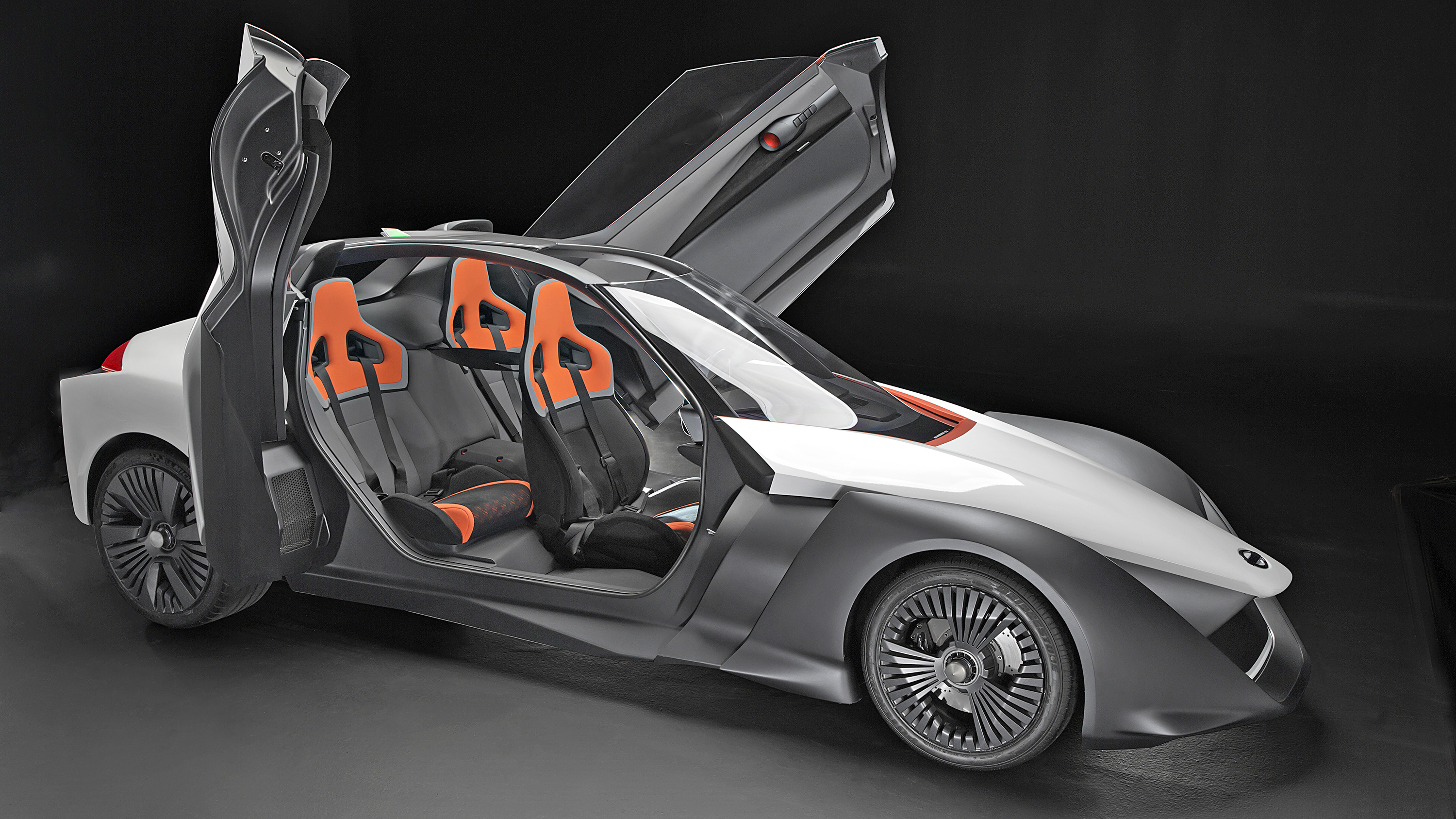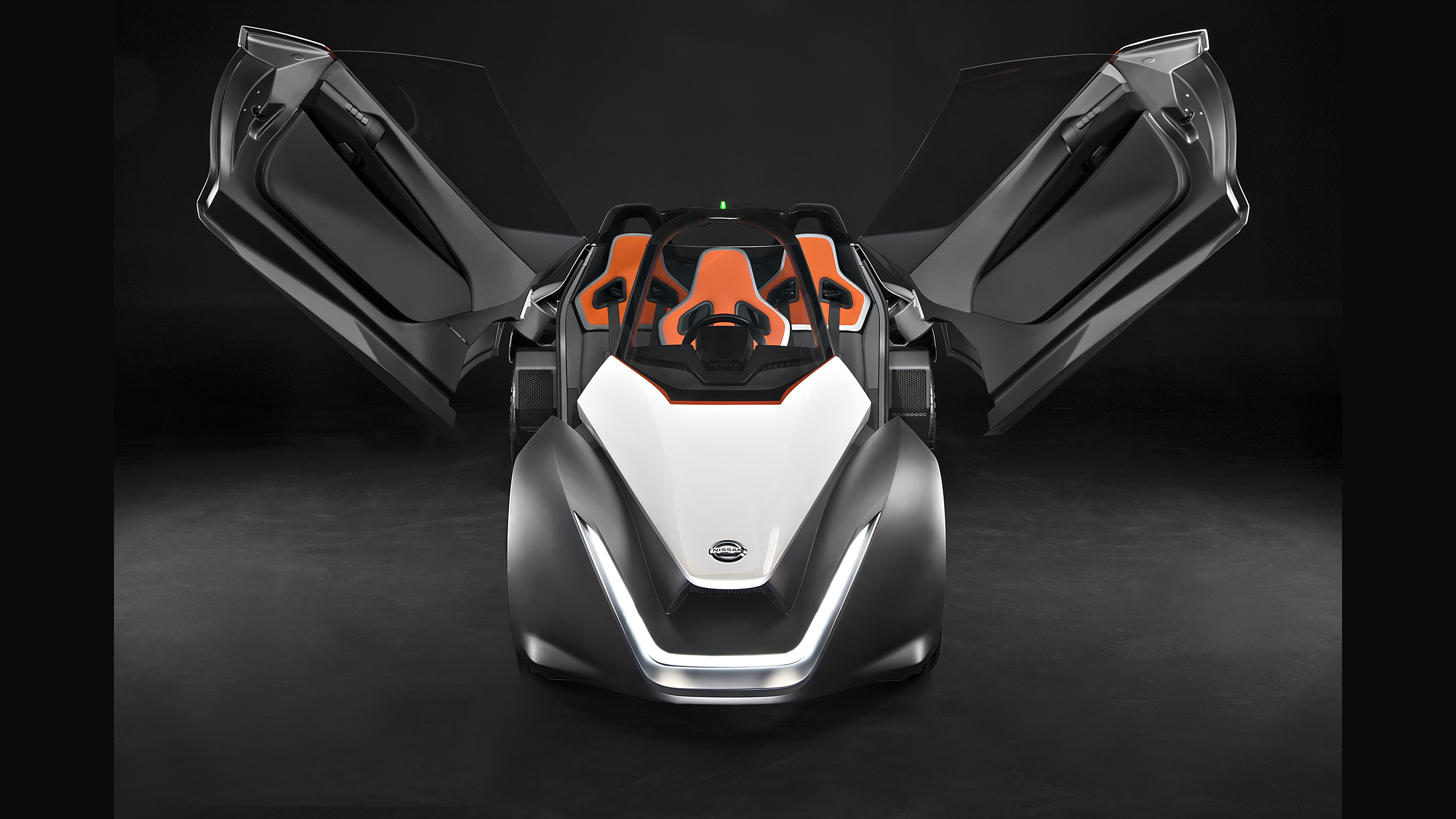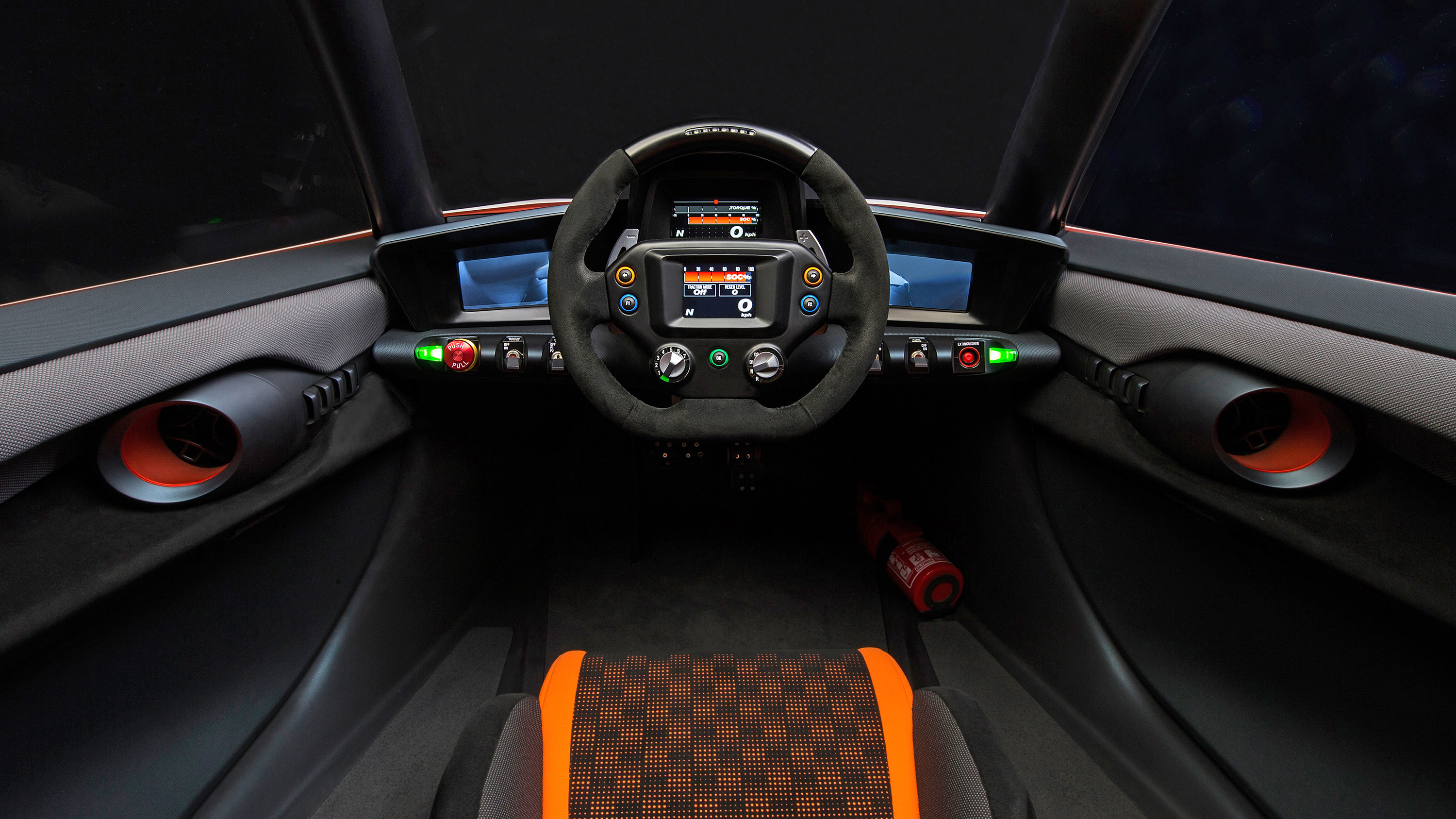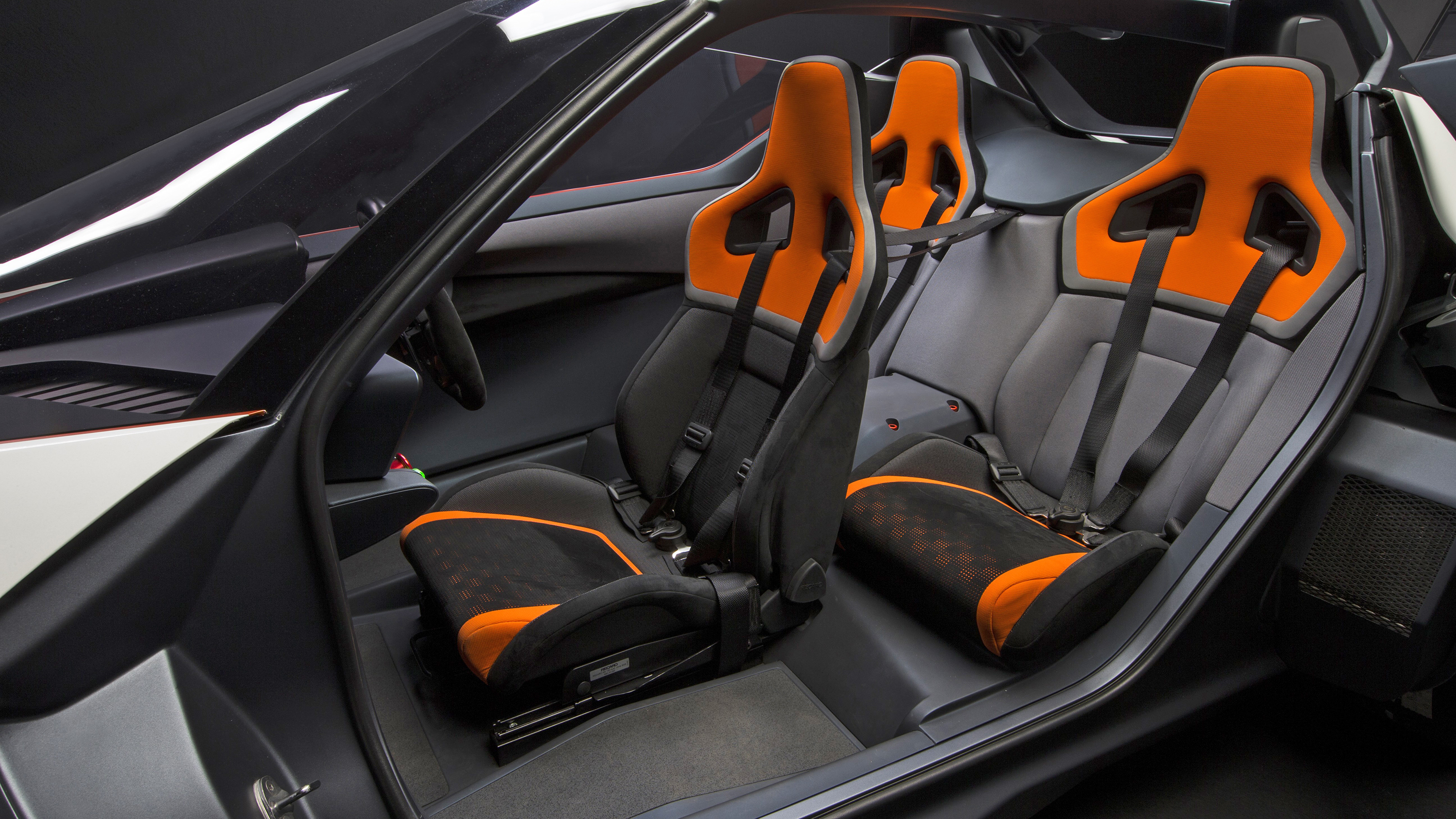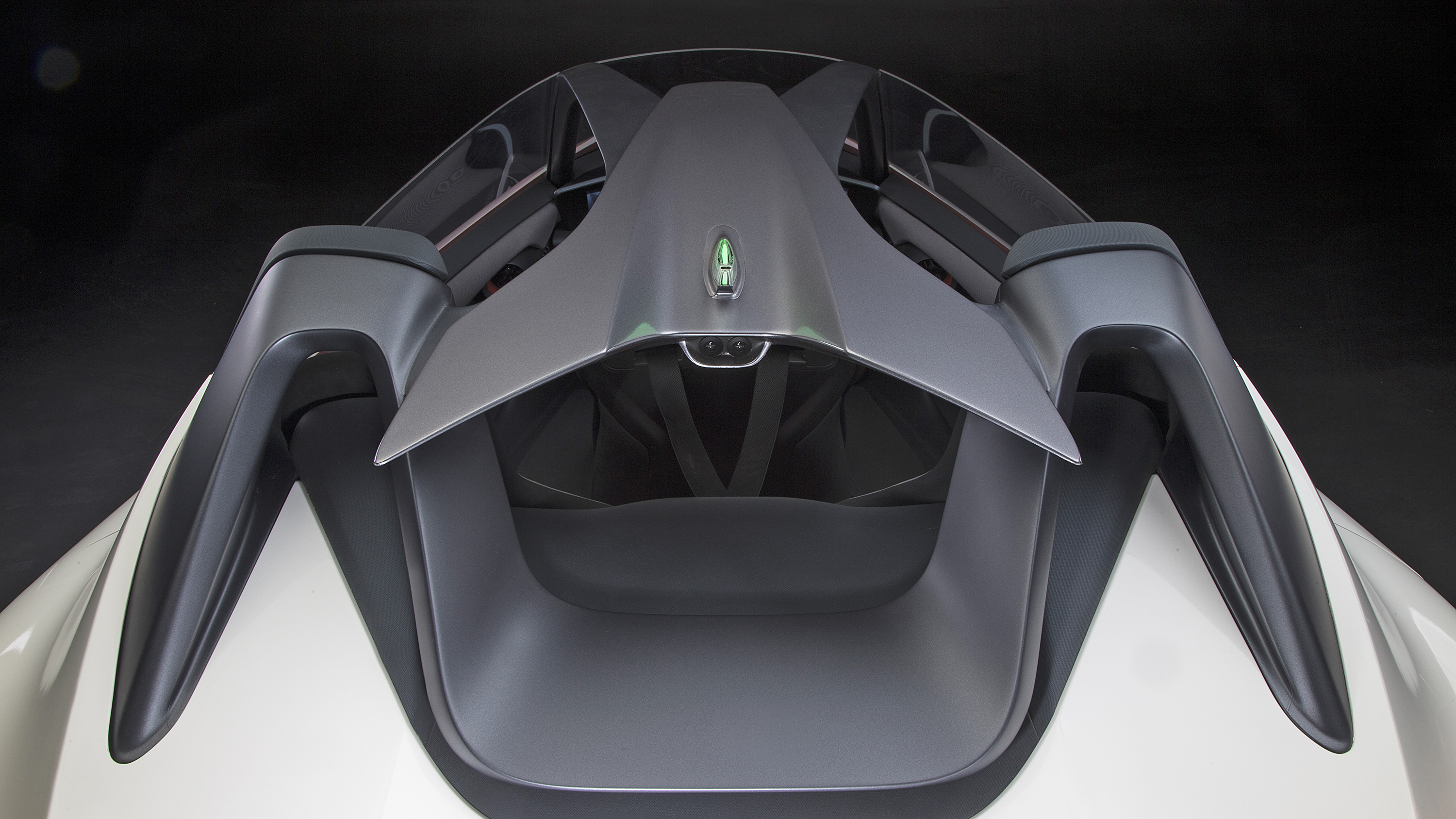
The new Nissan BladeGlider has a drift mode
Nissan's mad DeltaWing-inspired EV edges closer to production, with car lovers in mind
Meet the new Nissan BladeGlider. It’s a car we’ve met before, in wild concept car form. Notice how it looks a little neutered, a little more production legible? While still not officially a production car, it all fits in with Nissan’s original claim that the 2013 Tokyo show concept might eventually make it into showrooms.
For now, BladeGlider v2 is dubbed an ‘advanced prototype’. The differences between this and the original are all ones that have us pondering how soon we’ll see it with number plates. Most notably, the front and rear widths are less disparate, though still at odds with one other, as the ‘Inspired by DeltaWing’ badge denotes.
It’s described as ‘an electric vehicle for car lovers’, and its spec bears that out nicely. Only the rear wheels are driven, each one getting its own 130kW motor. Total system output, in relatable numbers, is 264bhp and 521lb ft.
Not bad with a fair 1,300kg to shift. That may sound a lot for something so racecar-esque, but there are batteries to shift around, don’t forget. Size-wise, you’re looking at a car similar in length, width and wheelbase to a Ford Focus. Or, indeed, Nissan’s electric Leaf.
The power is metered between the two motors via torque vectoring, to ensure any understeer, from that narrow front end, is kept in check. It comes in three flavours: ‘off’, ‘agile’, and ‘drift mode’. What will a BladeGlider be like at powersliding? For now, we can only imagine.
Britain has played its part in the BladeGlider, too, with Williams Advanced Engineering providing the powertrain. The top speed is described as ‘in excess of 118mph’, while 0-60mph takes less than five seconds.
Its interior design is also meant to echo its driver-focused vibe. The seats – three of them, in a McLaren F1-like layout – come with four-point harnesses. The chairs themselves are coated in an epoxy resin that’s designed to stick the occupants in place. Um, right.
Meanwhile, Nissan’s claim that there are two colour schemes to choose from – Cyber Green and Stealth Orange (when, exactly, has orange been stealthy?) – only appears to strengthen the BladeGlider’s production potential.
Other highlights? The motorsport inspired steering wheel, swathed with buttons, toggles and a display of vital statistics. The cameras-instead-of-wing-mirrors dream becoming reality, like on the similarly forward-thinking VW XL1. Rear-hinged, dihedral doors that provide access to an al fresco cabin, with just a roll cage between your bonce and the sky.
Top Gear
Newsletter
Thank you for subscribing to our newsletter. Look out for your regular round-up of news, reviews and offers in your inbox.
Get all the latest news, reviews and exclusives, direct to your inbox.
The lack of roof is one area we imagine needs fixing before production is rubber stamped. Sensible numbers, like the miles its electric-only drivetrain will do on one charge, are also missing, though a full charge takes around an hour via an external mains charger.
Two of these updated BladeGliders are off to Rio de Janeiro (both of them built by Williams), ready to show off in time for the Olympics. Perhaps reaction to them will help catalyse the journey from concept to reality.
Question is, dear reader, do you want that to happen? Is this really the EV for people like us?
Trending this week
- Car Review
BMW 1 Series





